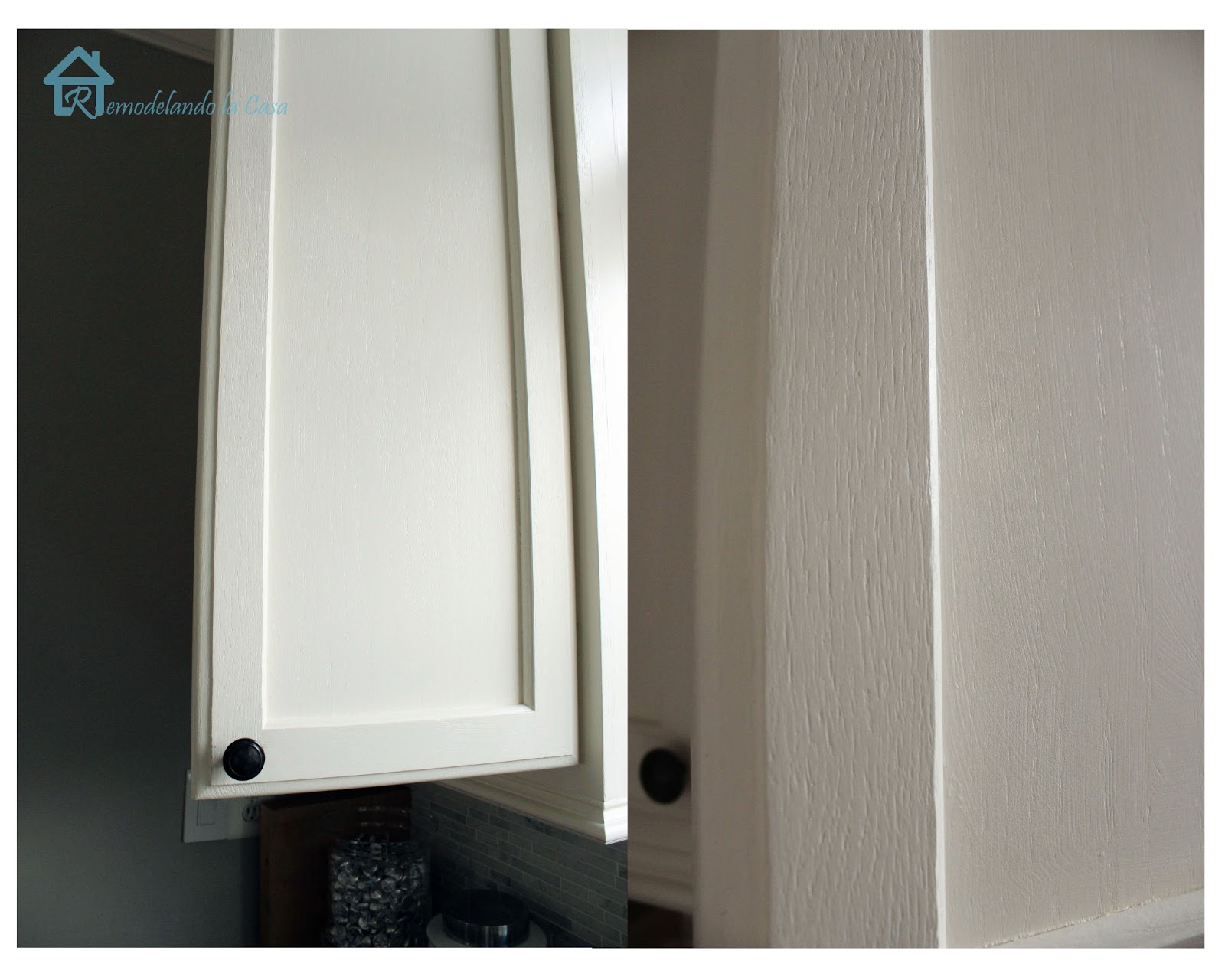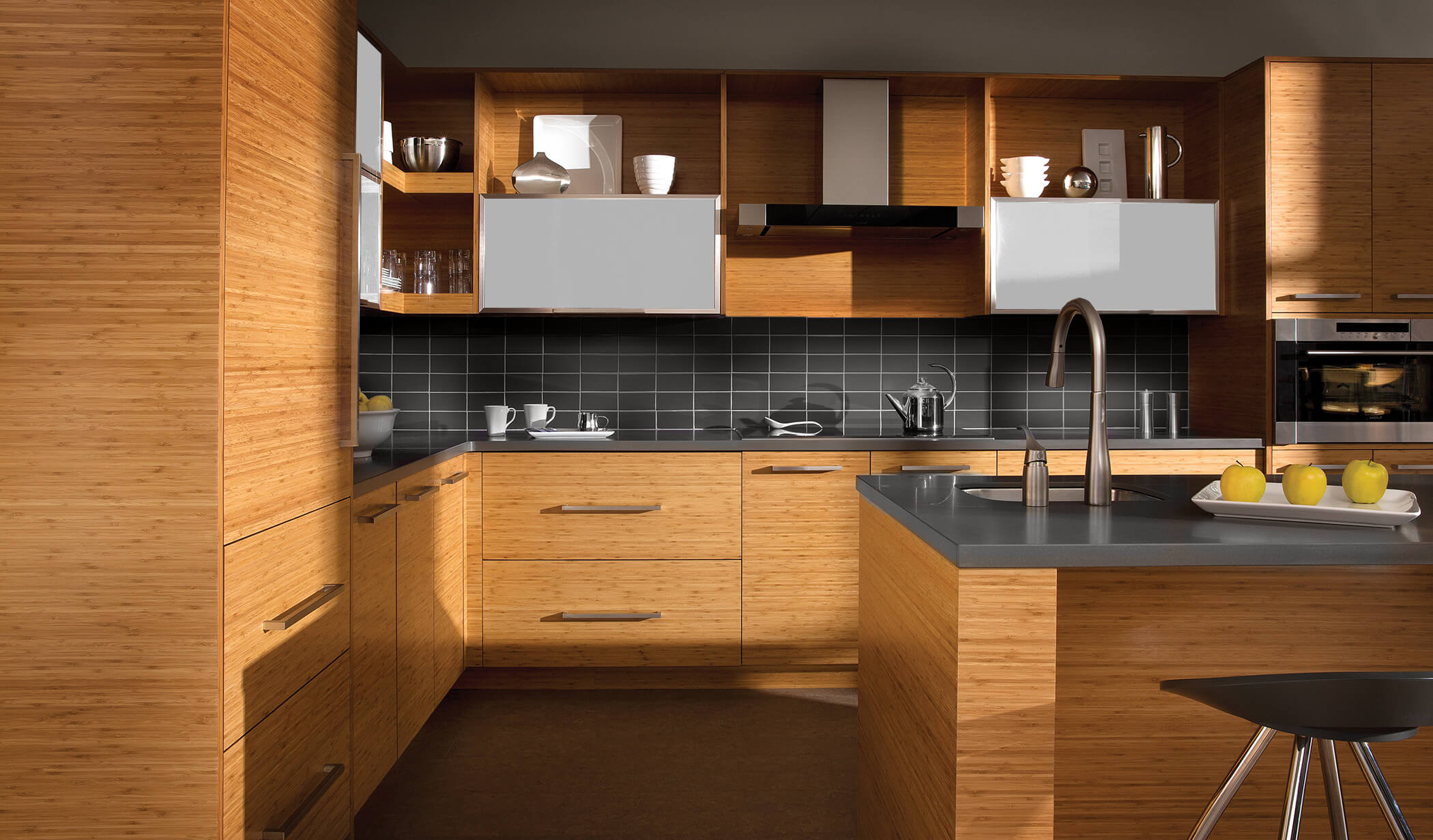Methods for Covering Wood Grain Cabinets

My dear friends, embarking on a cabinet makeover is a journey of transformation, a testament to your dedication and artistry. Let us explore the paths that lead to a refreshed, revitalized kitchen, a space reflecting your unique style. The choice of method depends on your skill level, budget, and desired outcome. Each path holds its own beauty and challenges, and together, we shall navigate them with grace and precision.
Cabinet Covering Methods, Covering wood grain cabinets
Choosing the right method is paramount. Consider the finish you desire, your time constraints, and your budget. The following table Artikels three popular methods, each with its own set of tools, materials, and inherent advantages and disadvantages.
| Method | Tools | Materials | Advantages/Disadvantages |
|---|---|---|---|
| Solid Color Painting | Paintbrushes, rollers, paint tray, sandpaper (various grits), putty knife, drop cloths, painter’s tape, tack cloth | Primer (oil-based or water-based), solid color paint (latex or oil-based), wood filler, sandpaper | Advantages: Relatively inexpensive, easy to achieve a uniform color, durable. Disadvantages: Requires significant preparation, can be labor-intensive, may require multiple coats. |
| Vinyl Wrapping | Measuring tape, utility knife, squeegee, heat gun (optional), smoothing tool | Vinyl wrap (various colors, textures, and finishes available), cleaning solution | Advantages: Quick and easy application, wide variety of colors and textures available, relatively inexpensive. Disadvantages: Can be challenging to apply perfectly, may not be as durable as paint, visible seams may occur. |
| Refacing | Measuring tape, jigsaw, wood glue, clamps, router (optional), finishing nails | New cabinet doors and drawer fronts (pre-made or custom), edge banding, wood filler, stain/paint | Advantages: Provides a complete transformation, durable and long-lasting. Disadvantages: Most expensive option, requires advanced woodworking skills, can be time-consuming. |
Applying Solid Color Paint to Wood Grain Cabinets
Painting your cabinets is a rewarding process that yields a fresh, clean look. Proper preparation is key to a professional finish. Follow these steps diligently, and your cabinets will shine.
- Clean the Cabinets: Begin by thoroughly cleaning the cabinets with a degreasing solution to remove any grease, grime, or old finishes. Allow them to dry completely.
- Repair Imperfections: Fill any dents, scratches, or holes with wood filler. Sand smooth once dry.
- Sand the Surface: Sand the entire surface with fine-grit sandpaper (180-220 grit) to create a smooth, even surface for better paint adhesion. Wipe away dust with a tack cloth.
- Prime the Cabinets: Apply a high-quality primer, allowing it to dry completely according to the manufacturer’s instructions. This ensures better paint adhesion and prevents the wood grain from showing through.
- Apply Paint: Apply several thin coats of paint, allowing each coat to dry thoroughly before applying the next. Use a high-quality brush or roller for a smooth, even finish. Light, even strokes are essential.
- Sand Between Coats (Optional): Lightly sand between coats with very fine-grit sandpaper (320 grit or higher) to smooth out any imperfections.
- Finish: Once the paint is completely dry, you can apply a protective topcoat (clear varnish or polyurethane) for added durability and shine.
Using Vinyl Wrap to Cover Wood Grain Cabinets
Vinyl wrapping provides a quick and affordable way to update your cabinets. Various vinyl types offer different aesthetics and durability.
- Types of Vinyl Wrap: Several types exist, including matte, gloss, wood grain, and textured finishes. The choice depends on your personal preference and the desired look. Matte finishes tend to hide imperfections better, while gloss finishes offer a sleek, modern look. Wood grain vinyl mimics the appearance of real wood, while textured vinyl provides a tactile experience.
- Pros and Cons of Different Vinyl Types
- Matte Vinyl: Pros: Hides imperfections well, easy to apply. Cons: Not as durable as gloss vinyl, may show fingerprints.
- Gloss Vinyl: Pros: Durable, easy to clean, modern look. Cons: Shows imperfections more easily, can be more challenging to apply without wrinkles.
- Wood Grain Vinyl: Pros: Realistic wood look, affordable alternative to refacing. Cons: May not be as durable as other vinyl types, can show wear and tear over time.
- Textured Vinyl: Pros: Adds visual and tactile interest. Cons: Can be more challenging to apply, may show imperfections more easily.
Practical Aspects and Considerations

My dear apprentices, as we journey further into the art of transforming humble cabinets, let us now delve into the practicalities. Careful planning and execution are as crucial as the initial inspiration. Remember, the finest craftsmanship is born from meticulous attention to detail, a spirit of patience, and a deep respect for the materials at hand.
Tips for Achieving a Professional Finish
The path to a flawless finish is paved with preparation and precision. These tips, honed over years of experience, will guide you towards achieving a result that is both beautiful and enduring.
- Surface Preparation: A smooth, clean surface is paramount. Thoroughly clean your cabinets, removing all grease and grime. Sanding is essential to create an even base for your chosen covering. Start with a coarser grit sandpaper and gradually move to finer grits, always sanding in the direction of the wood grain. This will ensure a uniform texture and prevent scratches.
- Primer Application: Think of primer as the foundation of your masterpiece. It ensures optimal adhesion of your chosen covering and provides a uniform base color, preventing the wood grain from showing through. Apply thin, even coats, allowing each coat to dry completely before applying the next.
- Careful Application of Covering: Whether you’re using paint, vinyl wrap, or another material, apply it slowly and methodically. Avoid rushing; take your time and smooth out any air bubbles or wrinkles. A steady hand and careful attention to detail will make all the difference.
- Multiple Thin Coats: Multiple thin coats are always preferable to one thick coat. This prevents drips, runs, and an uneven finish. Allow each coat to dry completely before applying the next.
- Proper Tool Selection: Using the right tools is essential for a professional finish. High-quality brushes, rollers, or sprayers will yield superior results compared to inferior tools. Remember, the quality of your tools directly reflects the quality of your work.
Cost-Effectiveness of Different Cabinet Covering Methods
Understanding the cost implications is vital for making informed decisions. Let us examine the financial aspects of various methods, weighing the costs of materials, labor, and time investment. Remember, while some methods might appear initially cheaper, unforeseen complications can quickly escalate the overall cost.
| Method | Material Costs (Estimate) | Labor/Time Costs (Estimate) |
|---|---|---|
| Painting | $50 – $200 (depending on paint quality and quantity) | $100 – $500 (depending on project size and experience; includes time investment) |
| Vinyl Wrapping | $100 – $300 (depending on cabinet size and vinyl type) | $50 – $200 (depending on project size and experience; includes time investment) |
| Refacing | $500 – $2000+ (depending on cabinet size and material choices) | $500 – $2000+ (often requires professional installation) |
Note: These are estimates and can vary significantly based on project specifics and location. Always obtain multiple quotes before commencing any major project.
